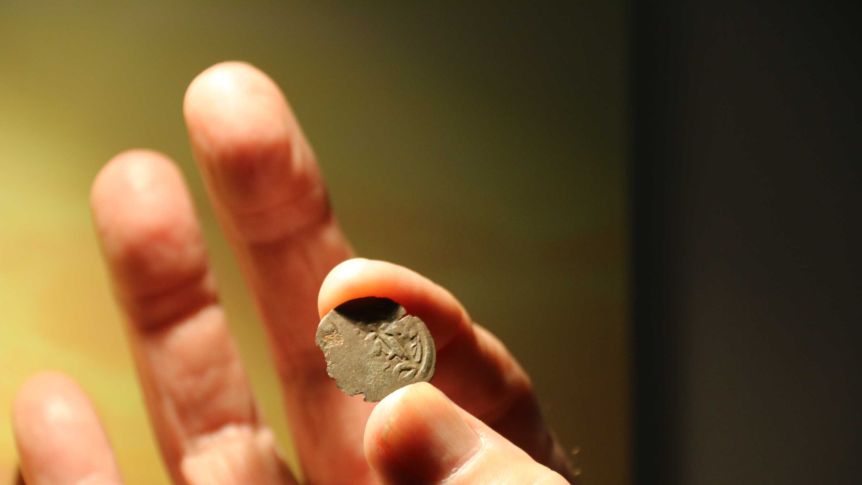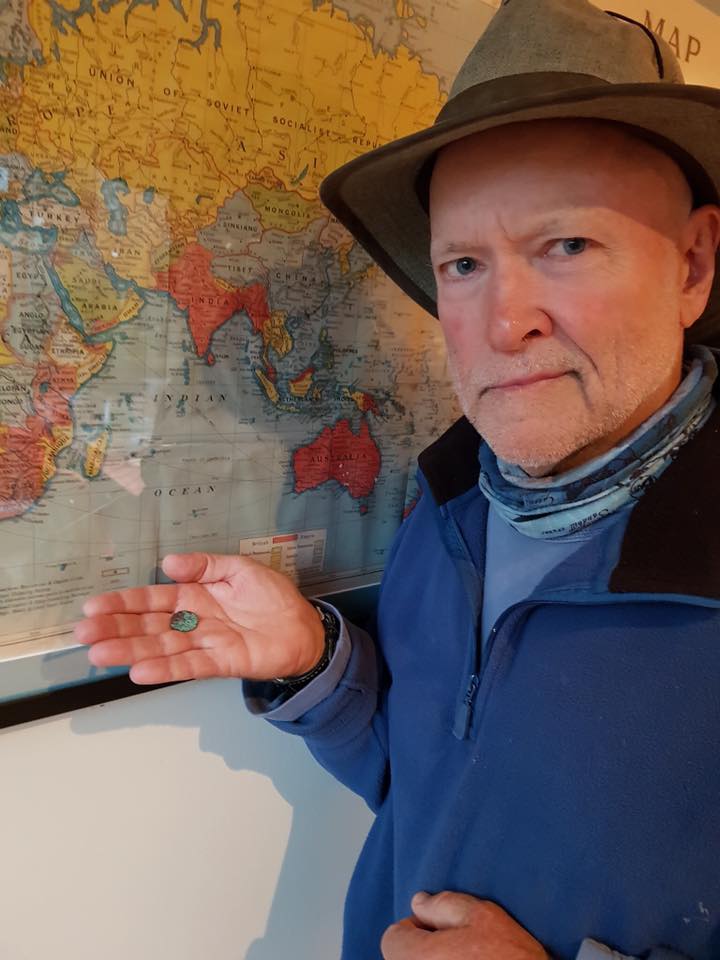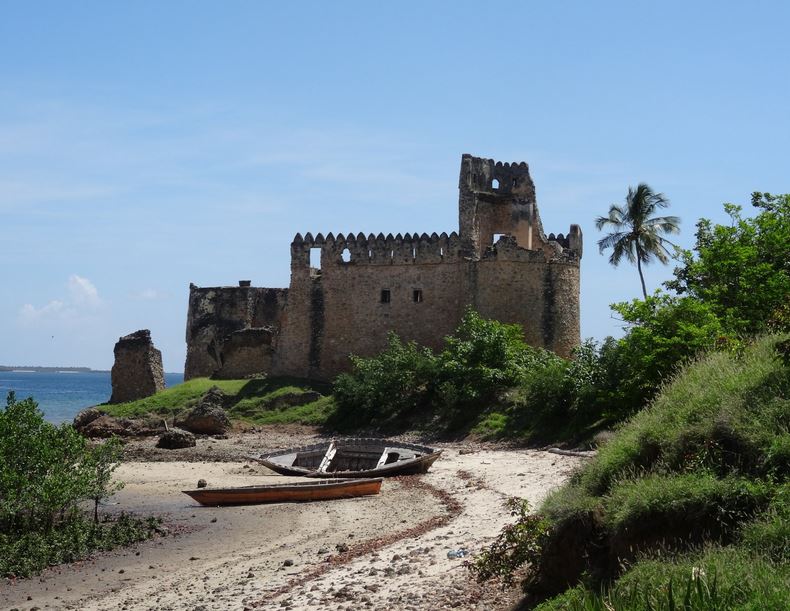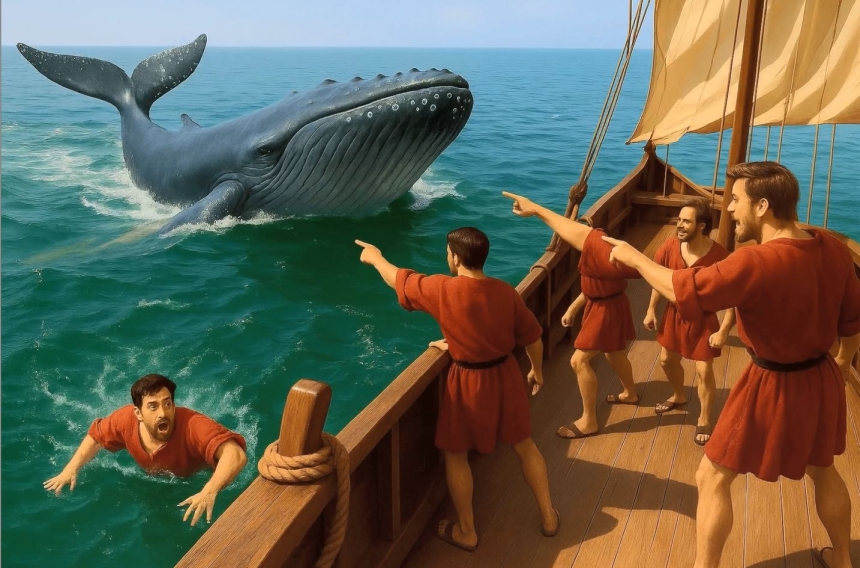
Although Australia has an indigenous population that has been there for about 60,000 years, most people are just familiar with Australia’s European history. The first documented landing with the nation was of the Dutch navigator William Janszoun in 1606. A large part of the history of the explorers before the Dutch of the 17th century is murky. A French navigator, Binut Paulmser de Gonneville, without documentation, claimed in 1504 to have landed at “east of the Cape of Good Hope” after being own off course. The most famous explorer to Australia was Captain James Cook of Great Britain who arrived on April 19. 1770. Cook’s voyages helped guide generations of explorers and provided the first accurate map of the Pacific. He is so credited for his application of scientific methods of exploration.

A small copper coin was found by the archeologist Mike Hermes on a field trip, in July 2018, to the Wessel Islands, off north-east Arnhem Land on the island of Elcho. The coin, estimated to be pre-1400AD to 1,000 years old from Kilwa, Africa was just lying on the beach. It has eroded details and a strong exposure of green patina.
The coin was found in the same vicinity where an Australian soldier, Maurice Isenberg, found a handful of coins in the sand in the Wessel islands in 1944 during World War 2. The coins were proven to be Kilwa coins from tbe 900’s to the 1300’s.

The Kilwa coins came from the Kilwa Sultanate, a Muslim ruled city, a now World Heritage ruin on an island off Tanzania, Africa, some 6,000 miles away from Australia. Kilwa, once a wealthy trade port with links to India in the 1200’s to 1500’s, had trade in gold, silver, pearls, perfumes, Arabian stoneware, Persian ceramics, and Chinese porcelain.
In addition to those ancient Kilwa coins found in 1944, Isenberg also discovered four coins from the Dutch East India Company (VOC), with at least one coin from 1790 and another coin dating to 1690.
Centuries old VOC coins have been found in various parts of western Australia.
The ancient Kilwa coins came to Australia by 3 possible scenarios. Kilwa sailors may have brought the coins from Africa by themselves. Or that the coins would have washed ashore from a shipwreck. Or Portuguese seafarers, who raided Kilwa in 1505, accidentally lost the coins in Australia before journeying to south-east Asia. Portuguese sailing crews were in East Timor in 1514, 1515 and could have potentially reached the Australian mainland.


